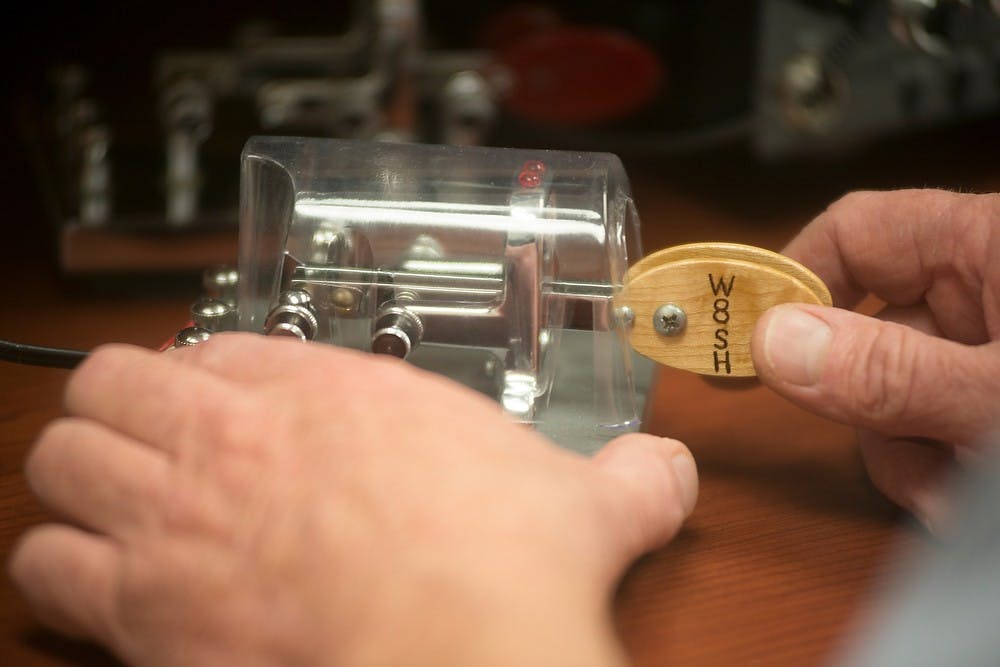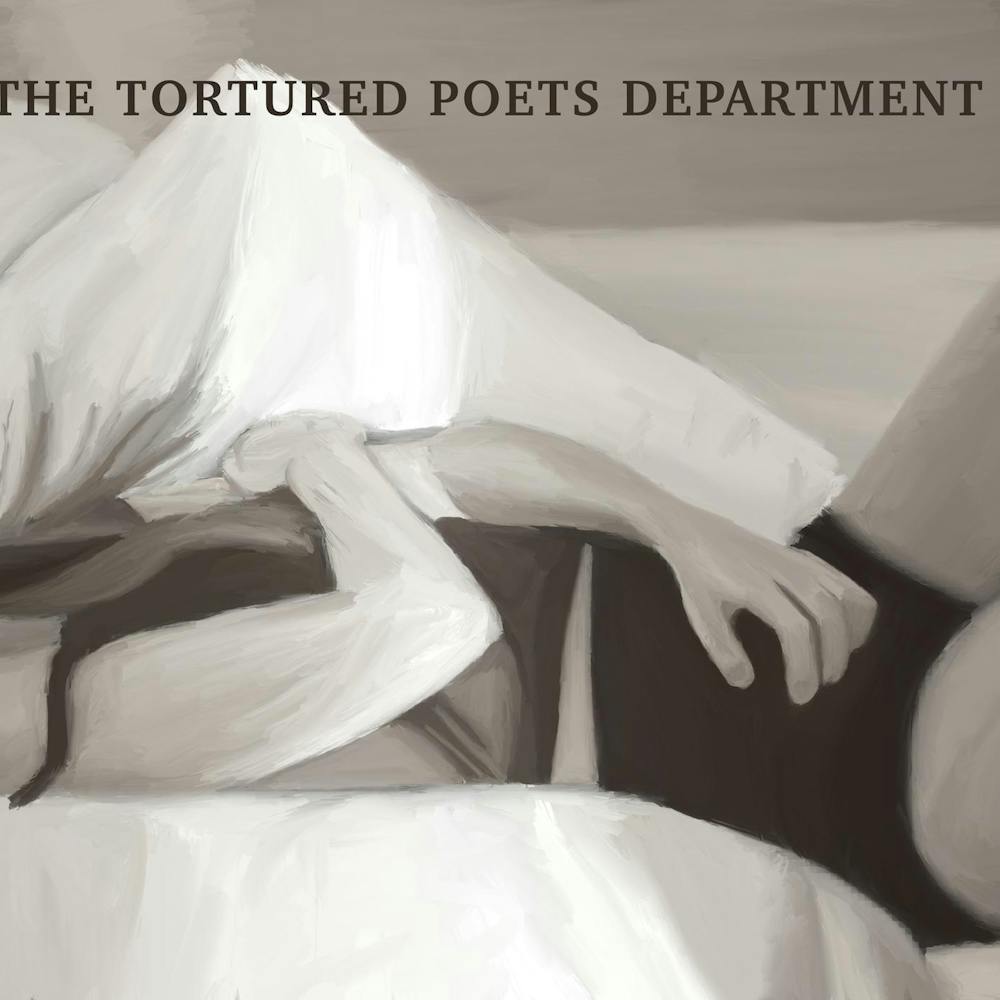The MSU Amateur Radio Club isn’t in the business of broadcasting the latest music. In fact, it’s not a business at all.
They’re talkers and tinkerers. They’re amateur radio operators.
They operate in a space no larger than the typical MSU dorm room, yet they manage to fit devices capable of communicating across oceans. The club dates back to 1919, and it’s a meeting ground of archaic and modern technology.
Although amateur radio transmissions don’t use cell towers and Wi-Fi, MSU alumnus and club member Ed Oxer said there are parallels between the forms of communication.
“I like to say everybody is an (amateur radio) operator, because we’re all carrying little transceivers around called cell phones,” Oxer said.
Amateur radio is the hobby of using wireless transmission devices for a variety of purposes, such as competitions, technical experimentation, socializing and more. Some communicate using Morse code, others use voice.
Fulbright Scholar and club member Sergii Gromachenko said many aspects of amateur radio appeal to him, but the primary allure is meeting others from various continents and countries.
“You never know what kind of operator you will meet — Africa or Asia or Japan or Europe,” Gromachenko said. “You call for station and you have no idea who is going to reply, it’s like Forrest Gump. You know, like mom said to Forrest Gump, ‘Life is a box of chocolates, you never know what you’re going to get.’”
When contact is established and a conversation is enjoyed, it is customary for operators to mail each other postcards.
Amateur radio operators identify themselves using a callsign, a combination of numerals and letters issued by the FCC upon passing a license test.
The callsign is more than a way of identifying those on the radio waves, it’s like a birth name, engineering department technician and club advisor Gregg Mulder said.
“Once you get it, it’s like a part of you,” Mulder said. “It sticks with you. I can’t get rid of WB8LZG for another one. It’s like changing your name. I’ve had it for 43 years. Why would I want to change my name?”
The club currently is recruiting members. Gromachenko said technical expertise isn’t required for those interested in amateur radio, but a greater understanding of the technology will be garnered along the way.
“You don’t need to be (an) engineer to work amateur radio, but once you will start working you will become an engineer,” Gromachenko said.







